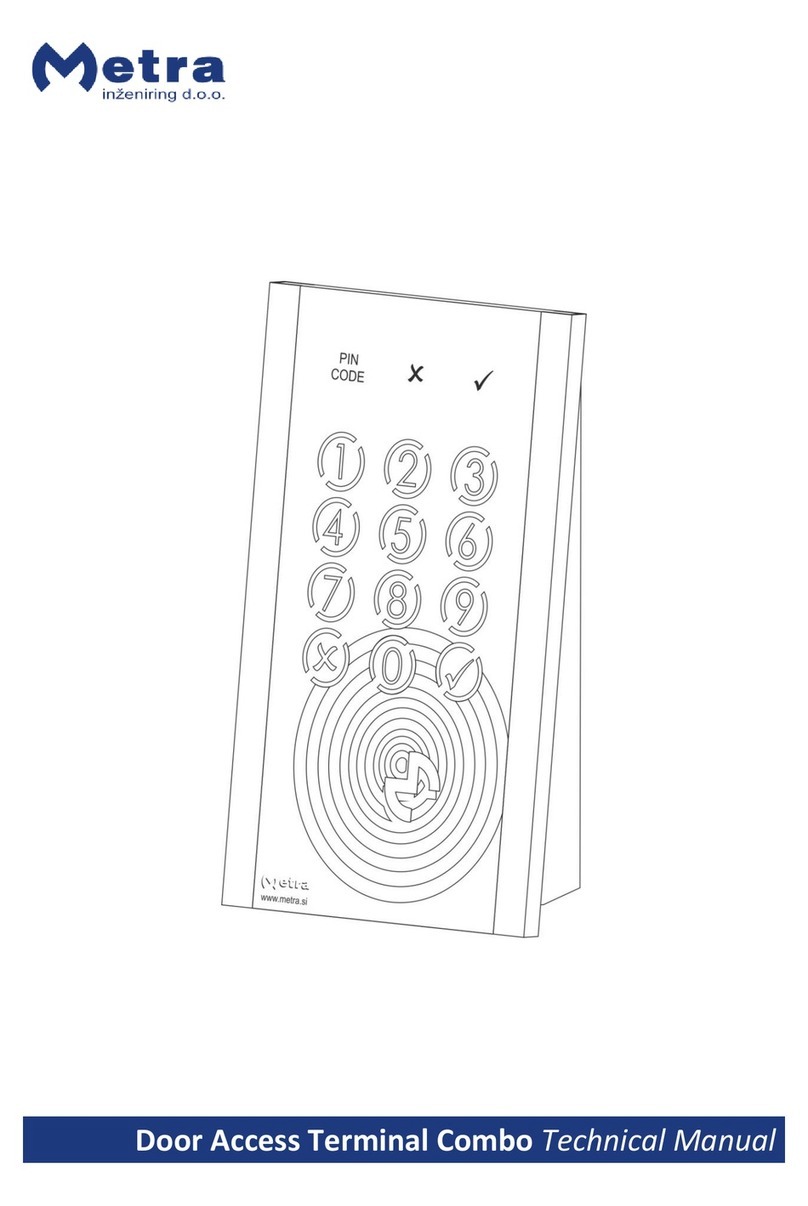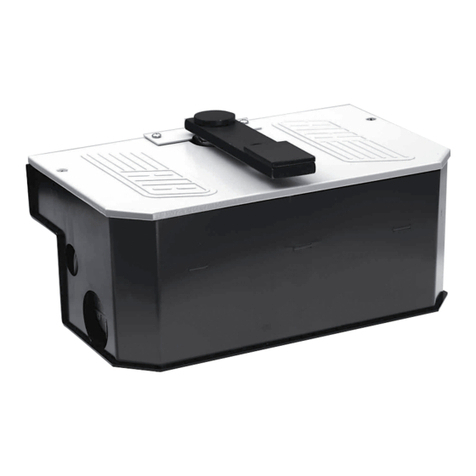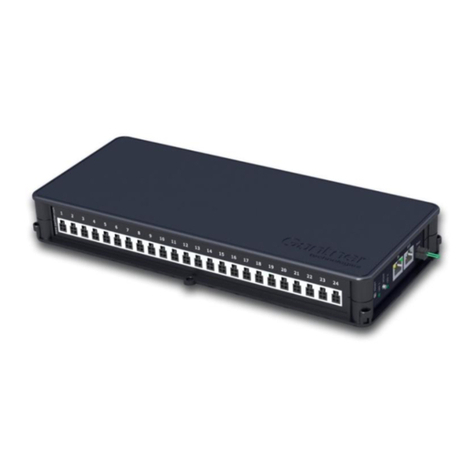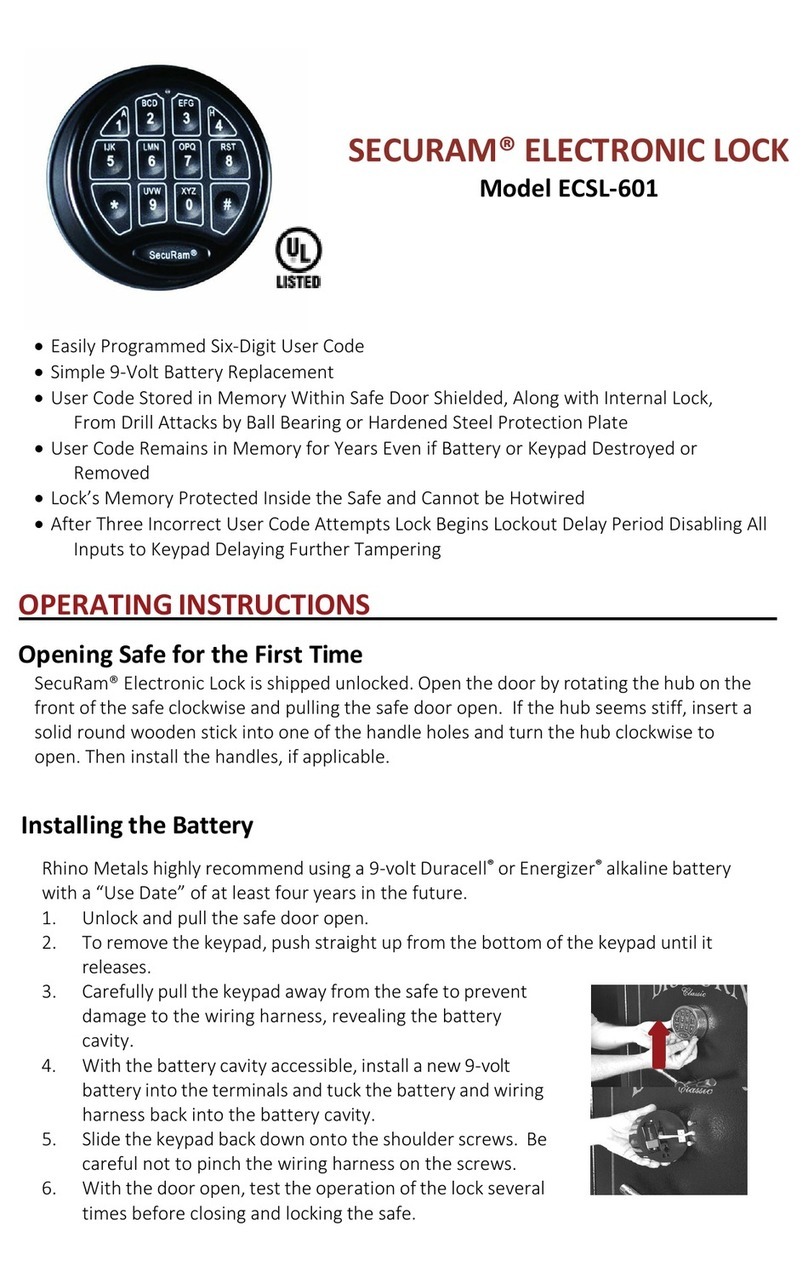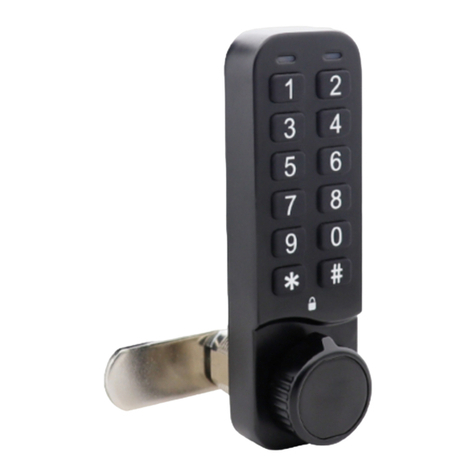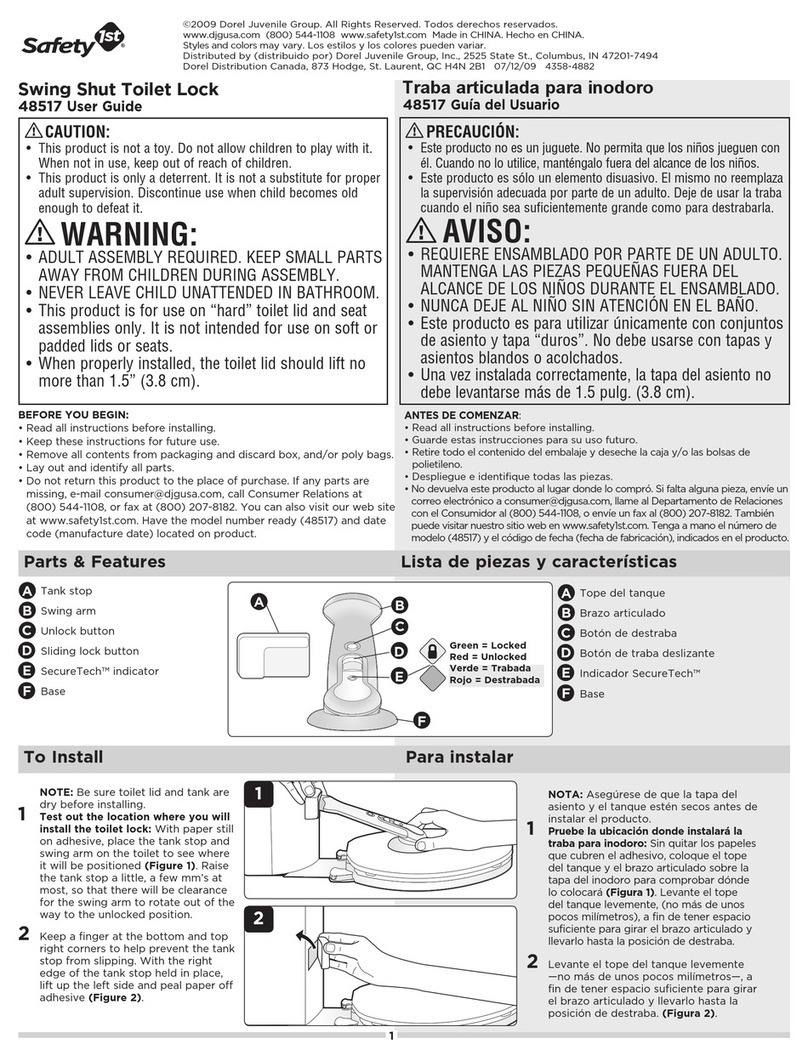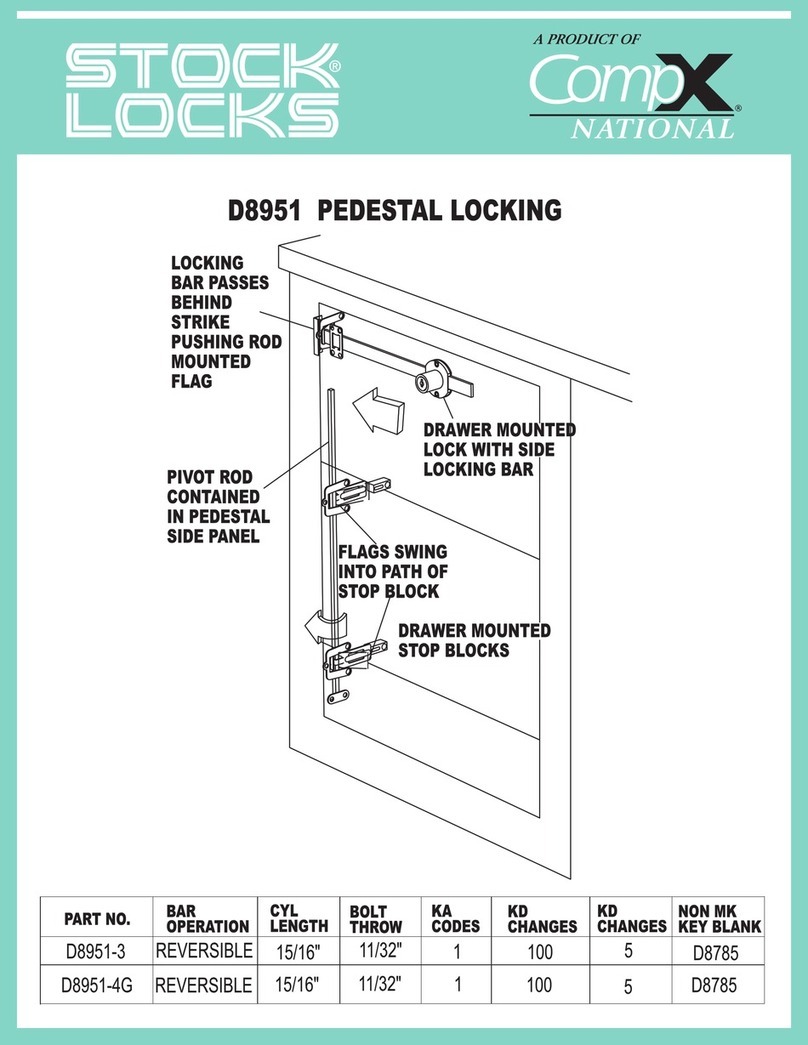
© velorian GmbH, Storkower Str. 115A, 10407 Berlin, Germany
https://
velorian.de
/
- email: suppor[email protected] - fon +49 (0) 30 3643 1679 Version DE. 01.2021.05.11
Note: When shortening the cables, it is better to
leave one or two centimetres too much cable
than too little. Be sure to turn the handlebars to
one side and run the cable along the other side
to determine the length. Experience has shown
that people tend to forget to turn in the
handlebars and a cable is quickly too short. In
this case, nothing is lost, the cable can be
reordered and replaced.
E-BIKE BLINKERSET
&
BLINKERBOX ALPHA21
Installation
Videos on assembly are available at https://velorian.de/de/ebike-blinker.php. A step-by-step instruction is described below.
General Safety Instructions
The velorian e-bike blinkerset contains small parts that can be swallowed by small children. There is a risk of injury when handling the
cables and tools. We recommend assembly in a specialist workshop. When unpacking and assembling, please make sure to keep the
small parts and tools out of the reach of small children.
The electronics in the indicator box are reverse polarity protected. This means that reversing the connection cables (mixing up plus and
minus) on turn signals, switches or the power supply will not destroy the electronics or the connected components.
However, if the connections are interchanged, e.g. the power supply is connected to the cables for the turn indicator, the electronics
will be destroyed when the current is switched on. Likewise, poor insulation of the connecting cables can cause short circuits that
destroy the electronics.
Blinkerbox
The first decision is where to mount the indicator box on the bicycle. There, it should first be attached provisionally so that the cable
lengths can be determined.
Cable Box
The next step is to mount the cable box on the handlebar stem with the longer cable ties. These are pulled through the outer tabs. The
shorter cable ties can also be pulled through the inner tabs before mounting. After connecting all the cables, they serve to secure the
cables in the cable box and thus as strain relief.
Switch and indicator in front
From the blinkerbox, the 10-wire cable should first be pulled to the handlebar.
If the velorian cable box is used, the middle of the cable box is the end point. At
this point, the cable can be shortened with a side cutter.
The cable, now shortened to length, can now be stripped, the individual strands
stripped and fitted with flat connector sleeves. We recommend the use of
appropriate tools for stripping and crimping.
Now mount the front indicators and switches, shorten the connecting cables to
the right length, strip the cable ends and fit flat plugs.
Crimping the plug connections
We recommend that you fit the cables to the indicator box with the flat plug sleeves and the indicators and switches
with the flat plugs.
As the cable cross-section of the single strands of 0.14 mm2 or 0.25 mm2 is considerably thinner than the cables with a cross-section of
0.75 mm2 usually used on bicycles, the use of special small flat connector sleeves is recommended. These are enclosed with the
blinkerset in addition to the usual crimp contacts. After crimping, insulate the flat plug sleeves and flat plugs with the enclosed heat
shrink tubing.
Connection of the power supply and first function test
Once the front turn signals and switches are connected to the indicator box, a first function test can be carried out. To do this, the 2-
wire cable of the blinkerbox is connected directly to the e-bike battery or another source such as the connecting cable of the headlight.
Alternatively, the test can be done with the help of a 12 volt power supply unit. For the connection, flat plug distributors are enclosed
with the indicator set, with which the current-supplying cable can be divided. These flat plug distributors are plugged onto flat plugs, so
flat plugs must be crimped onto the cable ends on both sides. After switching on, the front turn signals will now still flash very quickly.
This is correct because the rear turn indicators are still missing.
If a function test carried out at this point is successful, the connection to the power supply should first be disconnected again to
avoid short circuits during further assembly!
Finally, the cable box can be closed.




